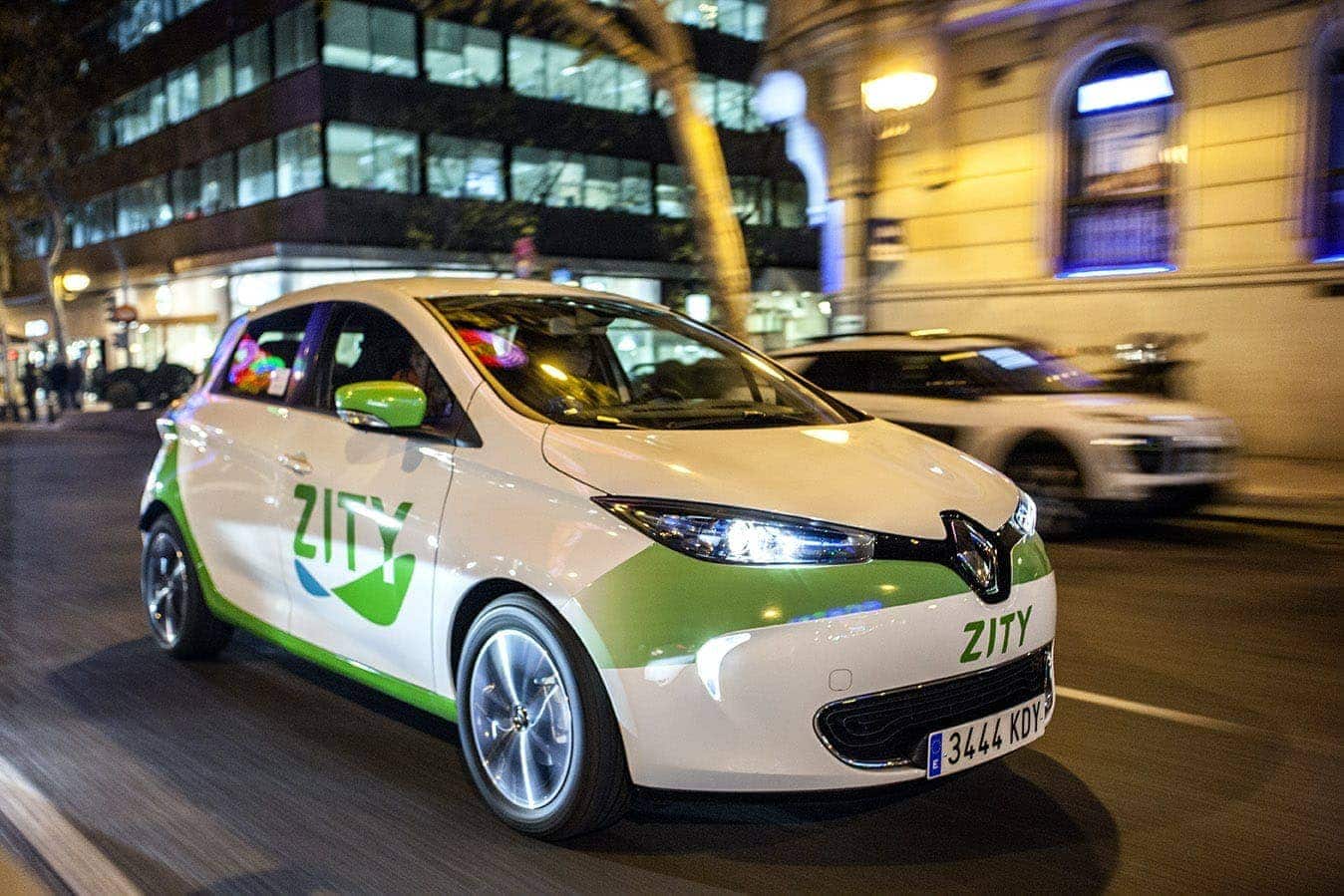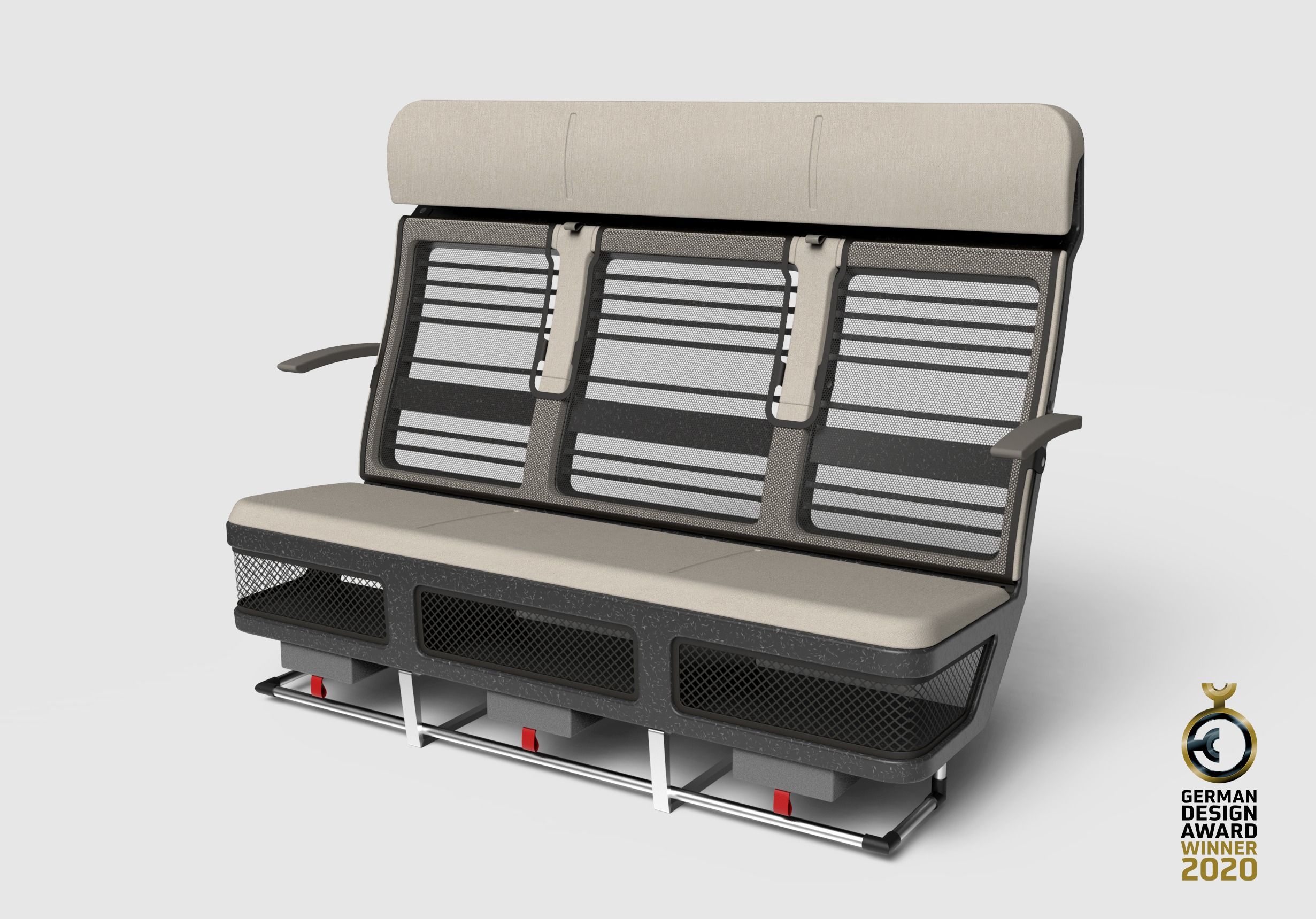5 key takeaways from CES 2020: From health and home, to food and foldables
Sara Cesin
Marketing Representative
CES 2020 was the 50th anniversary of the tradeshow where companies showcase the products that will define the market for the coming the year.
Here is our take on the trends and topics that made headlines this year.
1. Health and wellbeing for all
Due to health system costs and accessibility, it makes sense that consumers are empowered to be better able to manage their own health. Companies are getting closer to being able to transfer the healthcare experience from the doctor’s office to the home via AI-assisted technology. For example, Heart Hero is a portable defibrillator that can be used at home. It uses AI technology to alert emergency services and detects irregular heart rhythm. In addition, fertility and sexual health were also trending topics. ProovTest is the first in-home progesterone kit that uses a urine test to check for high or low progesterone levels. The company plans to launch an app soon to make the testing process seamless and tell people more about their hormones and ovulation periods.
Mormedi’s take
Hospitals, pharma companies, and even doctors need to think about the way that healthcare can—and should—be democratized. Big changes are coming to make wellness and healthcare more integrated into our lifestyles (and devices), which will change the patient experience. The healthcare industry needs to stay one step ahead in the new patient-centric world.


2. Smarter and smarter-er
At CES we saw the usual smart lights, smart speakers, and smart TVs… and even smart robots designed to fetch you a roll of toilet paper when you need it most!
Home security also played a leading role at this year’s show. Devices such as the Arlo Pro 3 security camera are even more autonomous, with the ability to turn on the lights to tilting, zooming, and panning to keep subjects in frame. Also, LG has taken homefront security to another level with the new ThinQ Smart Door. This new door includes biometric security features, palm scanning, and facial recognition.
Mormedi’s take
Even though companies have made it clear that they intend to create smart or connected versions of every possible device, we believe the next generation of the smart home leaders will be defined by the platforms that are able to stitch those devices together in order to create valuable services and experiences. Telcos or even power companies, for example, may be the ones who have the power to provide the platforms that will successfully integrate smart home devices that will drive adoption.


3. The City as a Platform
We saw plenty of companies and start-ups focusing on designing the next city of the future, with a focus on security and inclusion. However, Toyota’s future city vision was the most ambitious. The Japanese company unveiled the Woven City, a prototype community of the future that will be built near Mount Fuji in Japan. The core idea of the city is that it is built around more sustainable transportation, hence there will be no human-driven or emission-producing vehicles. The city will also include connected homes, robots, and new forms of personal mobility.
Mormedi’s take
Plenty of companies and start-ups have tried to figure out what will the city of the future look like, but the scale of Toyota’s real-life project is impressive. Toyota’s Woven City living lab will provide plenty of data and insights that will help the company develop human-centric solutions and experiences. The most interesting upshot of all this will be Toyota’s ownership of the “city as a platform”. With the e-Palette, Toyota already teased that it was aiming to be mobility service platform provider. The Woven City might just lead to a more holistic urban connectivity in which all community-based services and products, even home devices, will be connected under one platform.



4. Playing with new displays
Lenovo introduced the ThinkPad X1 Fold, the first foldable Windows tablet. Meanwhile, Dell displayed new concept devices such as the dual-screened laptop, Duet, and a foldable tablet, called Ori, and Royole showed off the FlexPai, the world’s first commercially available foldable phone. This year Hisense introduced a new prototype smartphone with a color e-ink screen. The new display features improved contrast, reduced eyestrain, and excellent legibility.
Mormedi’s take
The incremental improvements in displays are still somewhat underwhelming. The first generation of foldable devices are expensive and have had plenty of technical issues. While prices will fall and build quality has improved, there is still room for improvement. Expect this segment of the market to keep getting bigger, but companies still have work to do to ensure that both software and hardware match customer expectations and bring real added value. The same goes for the e-ink displays. Even though Hisense has not revealed much of the details of the new e-ink screen, a slow refresh rate remains a concern. Even though this does not represent an issue for an e-reader, it is very limiting when it comes to a smartphone UI.


5. I can’t believe it is plant-based!
As CES was taking place in Las Vegas, Australia was on fire. It is impossible to ignore climate change or the need to create solutions that enable consumers to have more sustainable and eco-friendly lifestyles. We saw new types of foods to replace the most eaten animal in the world, pork. Burger King has partnered with Impossible Burger to introduce Impossible Pork to its breakfast menu. Meanwhile, other plant-based foods include things such as sustainable ice cream. Eclipse Foods is working with big brands and top NYC restaurants to recreate ice cream without dairy, gum, gels, and stabilizers.
Mormedi’s take
More sustainable concepts and products are always welcome. However, from our work, we’ve seen how important it is that sustainability be embedded across organizations. If a sustainable culture is not created (with holistic outputs measured), and a company does not look at the entire value chain, sustainability efforts are often doomed to fail.




